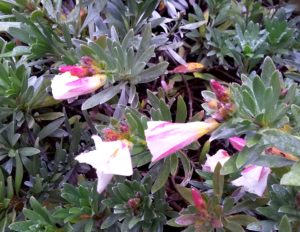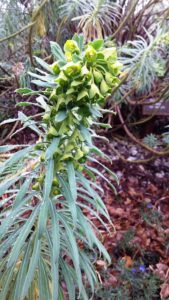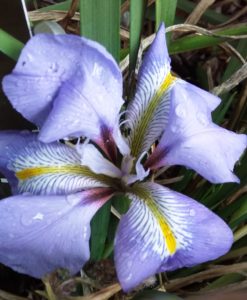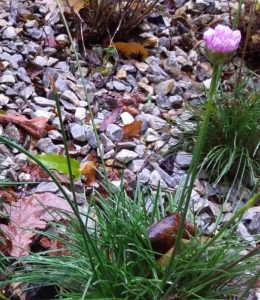There’s nothing like a chilly New Zealand winter to have us pining for white-sand Adriatic beaches and gentle, turquoise seas; so while you’re in the mood, why not think about creating your very own Mediterranean garden. It can be as small or as large-scale as you like – from a sunny bank to a gorgeous terracotta pot.
Create your soil
Think Mediterranean – think free-draining, dry, nutrient-poor, alkaline soils (alkaline soils are loaded with lime). Perhaps you already have just such a spot in your garden but if not, creating one isn’t difficult. Where possible, choose a sloping site to assist with drainage. If you don’t have one, and you live in wetter part of the country, build your garden on mounded soil.
Incorporate into your soil (whether it’s in the garden or a pot) plenty of horticultural sand. This can be purchased at a garden centre or sieved from builder’s mix. Skip the fertilizer and add a scattering of lime. If you suspect your soil is very alkaline (a garden testing kit will soon tell you) add garden sulphur at a rate of about 25g per square in sandy soil s and 50g per square metre to clay soils. Despite what most people think, if gardening in a pot, adding stones for drainage doesn’t actually help. However, do raise you pot up on pot feet or bricks so the drainage hole is not blocked. Once your plants are in position, add pebble mulch to the soil. This prevents evaporation during the hottest months.
What to plant
If you’re a first-time Mediterranean gardener, choose plants that are guaranteed to perform without fuss. Include some that will provide ground cover and others for their colour. Mediterranean plants are also prised for perfume and, interestingly, it is often the foliage rather than the flowers that impart the fragrance.
Our picks
 Convolvulus cneorum brings colour in the form of deep cream trumpet flowers tinged with pink, and all on a ground-cover of soft grey foliage. Grow this beauty in a pot and it will reward you by cascading over the sides where its subtle colours blend perfectly with earthy terracotta browns.
Convolvulus cneorum brings colour in the form of deep cream trumpet flowers tinged with pink, and all on a ground-cover of soft grey foliage. Grow this beauty in a pot and it will reward you by cascading over the sides where its subtle colours blend perfectly with earthy terracotta browns.
 The Euphorbia family cover a big range of dry-loving plants with blooms that range in colour from bright yellow to deep greens, some with red centres. When choosing a euphorbia for your Mediterranean garden, consider the height and spread of each variety. Keep taller ones to the back or use them as a centre-piece for a pot fringed with another dry-lover. And if you want to go native, choose ground cover Euphorbia ‘Glauca’, a hardy New Zealand perennial.
The Euphorbia family cover a big range of dry-loving plants with blooms that range in colour from bright yellow to deep greens, some with red centres. When choosing a euphorbia for your Mediterranean garden, consider the height and spread of each variety. Keep taller ones to the back or use them as a centre-piece for a pot fringed with another dry-lover. And if you want to go native, choose ground cover Euphorbia ‘Glauca’, a hardy New Zealand perennial.

Demure Iris unguicularis is such a ‘giver’, flowering as it does in winter when little other colour is available. It’s pretty lavender-coloured flowers, cleverly protected from the cold, nestle within a bush of bright green foliage. It’s a truly easy care plant which happily divides up so you can spread it around or give it as a gift to gardening friends. This one also looks stunning when occupying an entire pot.
 Pretty pink sea thrift (Armeria maritima) excels in the driest conditions. While it flowers best in spring and summer, it also delivers a little colour over the winter months. Dot it here and there in small cup-sized plantings or let it spread in riotous clumps of candyfloss colour. Sea thrift is perfect in low pots or dotted along a path edge where it won’t get lost among taller plants
Pretty pink sea thrift (Armeria maritima) excels in the driest conditions. While it flowers best in spring and summer, it also delivers a little colour over the winter months. Dot it here and there in small cup-sized plantings or let it spread in riotous clumps of candyfloss colour. Sea thrift is perfect in low pots or dotted along a path edge where it won’t get lost among taller plants
With so many dry-loving plants to choose from, you may find you’re extending your Mediterranean garden soon than you thought!










Join the Discussion
Type out your comment here:
You must be logged in to post a comment.